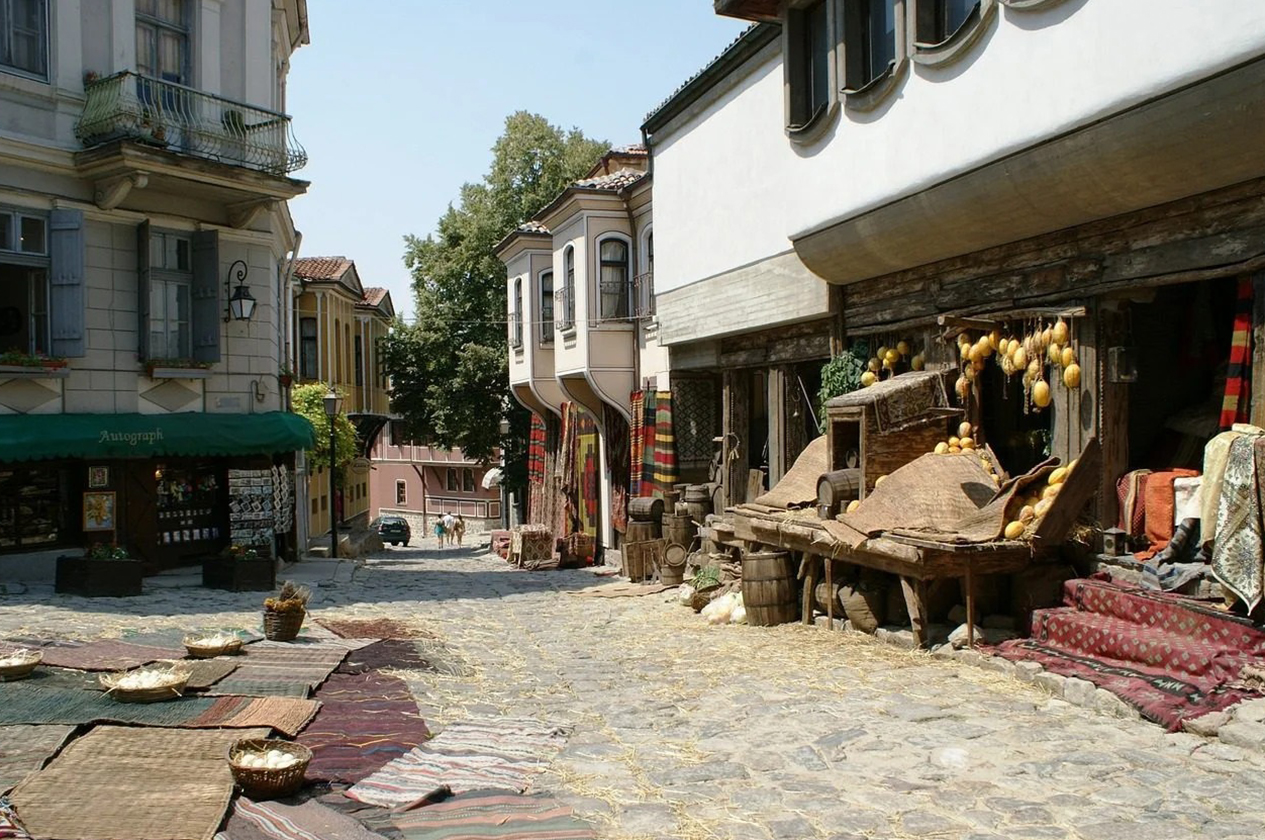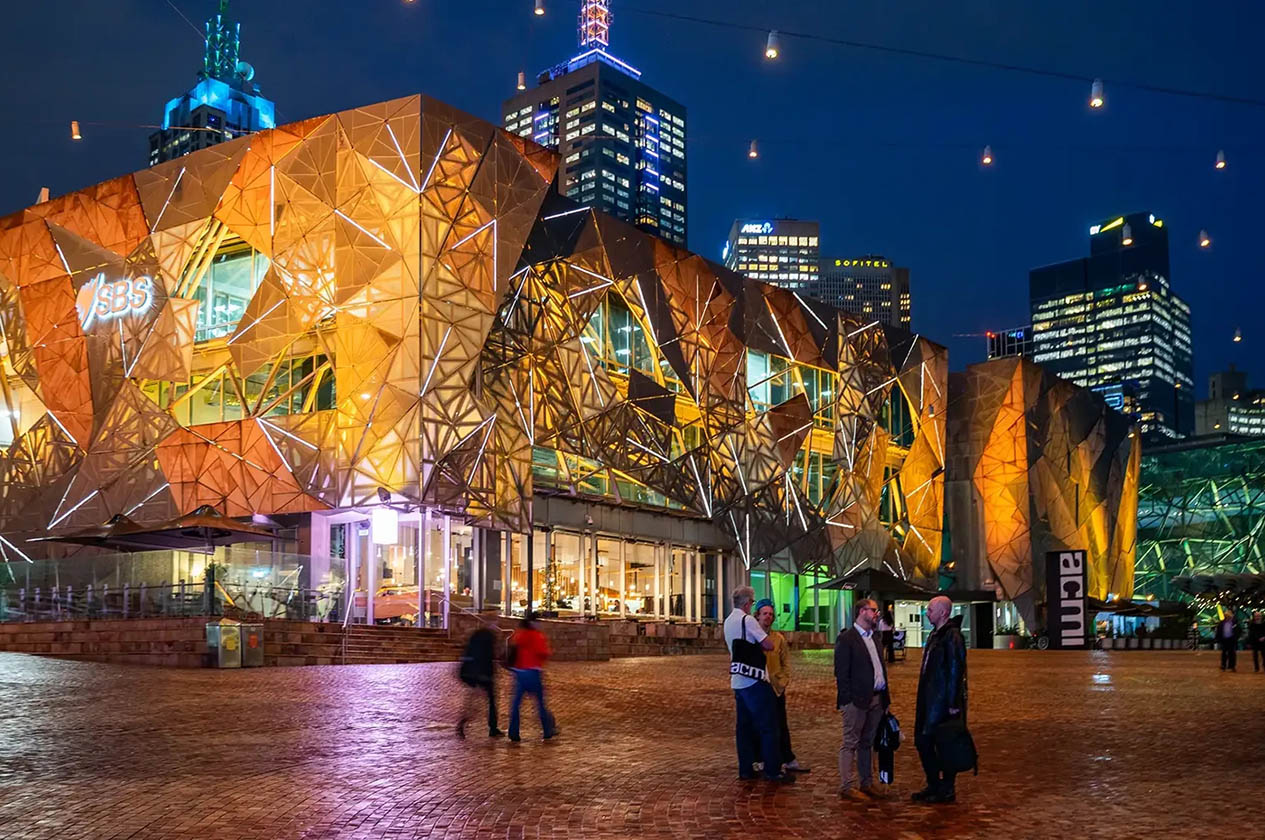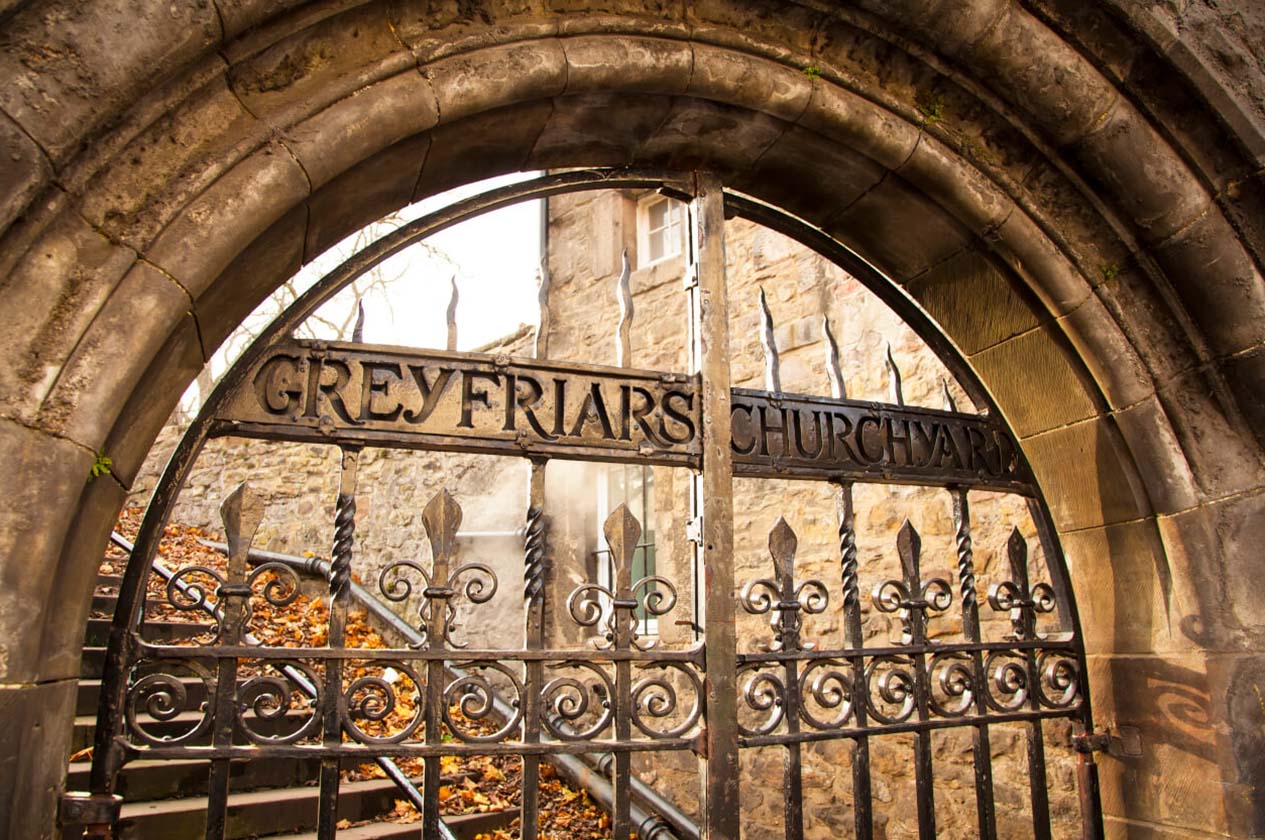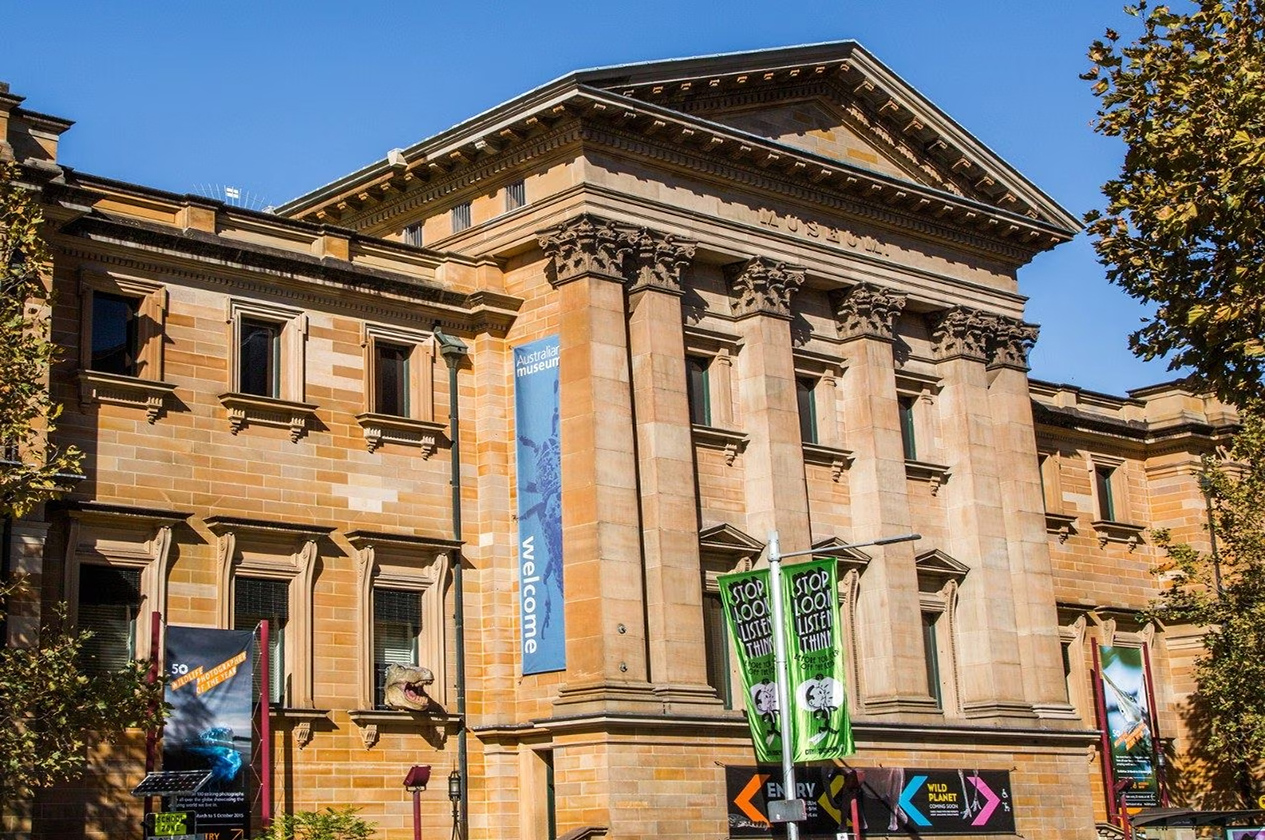I’m always on the lookout for small, historic towns that offer a glimpse into the past. Nestled in the Balkan Mountains of Bulgaria, the town of Koprivshtitsa is one such treasure. This charming town, with its perfectly preserved 19th-century architecture and rich cultural heritage, feels like a place where time has stood still. Today, I’ll take you on a journey through Koprivshtitsa, sharing the must-see sights and activities that make this town a magical destination.
Koprivshtitsa House Museums: A Journey Through Time
Koprivshtitsa is often described as a living museum, a place where history and culture are preserved with the utmost care. For anyone visiting this enchanting town, the first and most essential experience is to explore its renowned house museums. These homes are not just buildings; they are the heart and soul of Koprivshtitsa, each one a time capsule that transports visitors back to Bulgaria’s National Revival period in the 19th century.
Dimcho Debelyanov House Museum: A Poet’s Legacy
My journey began at the Dimcho Debelyanov House Museum, a modest yet deeply evocative space dedicated to one of Bulgaria’s most beloved poets, Dimcho Debelyanov. As I approached the house, I was struck by its traditional Bulgarian architecture, with its stone foundation, wooden beams, and a quaint garden that seemed to invite quiet contemplation—perhaps the same contemplation that inspired Debelyanov’s poetry.
Stepping inside the house was like crossing a threshold into the poet’s world. The interior is remarkably well-preserved, with much of the original decor intact, creating an authentic atmosphere that speaks volumes about the poet’s life and times. The walls are adorned with old photographs, personal letters, and manuscripts that tell the story of Debelyanov’s brief but impactful life. Born in 1887, Debelyanov’s work is celebrated for its emotional depth and lyrical beauty, often reflecting the pain and sorrow of the human experience.
As I walked through the small, intimate rooms, I could almost hear the echoes of Debelyanov’s verses, as if the very walls were whispering his poetry. The study, with its simple wooden desk and chair, seemed to embody the poet’s spirit—humble yet profound. It’s easy to imagine him sitting there, pen in hand, lost in thought as he crafted the words that would resonate with generations of Bulgarians.
One of the most poignant parts of the museum is a room dedicated to Debelyanov’s military service during World War I. The room contains his uniform, personal belongings, and a collection of poems written during the war. These artifacts offer a touching glimpse into the poet’s inner world during those tumultuous times, making it clear why his work is so cherished in Bulgarian literature.
Kableshkov House Museum: The Spirit of the Bulgarian Liberation
From the world of poetry, I moved on to the Kableshkov House Museum, which stands as a powerful testament to Bulgaria’s struggle for independence. This house was the home of Todor Kableshkov, a key figure in the April Uprising of 1876—a pivotal event in the Bulgarian liberation movement.
The Kableshkov house is a stunning example of Bulgarian Revival architecture, with its ornate woodwork, large windows, and expansive rooms. However, what makes this museum truly remarkable is the sense of history that permeates every corner. As I entered, I was immediately drawn to the displays of personal artifacts belonging to Kableshkov and his family, including photographs, documents, and everyday objects that offer insight into their lives.
One of the museum’s most significant exhibits is the Blood-Stained Letter (Кървавото писмо), which Kableshkov wrote to signal the start of the uprising. The letter, a powerful symbol of Bulgaria’s fight for freedom, is displayed in a glass case, and seeing it in person was a deeply moving experience. The letter’s words, written in the heat of passion and desperation, are a stark reminder of the sacrifices made by those who fought for Bulgaria’s independence.
The museum also features a collection of weapons, uniforms, and other artifacts related to the April Uprising, providing a vivid picture of the struggle that defined Kableshkov’s life. As I walked through the exhibits, I couldn’t help but feel a deep respect for the courage and determination of those who fought for their country’s freedom. The museum doesn’t just tell Kableshkov’s story—it tells the story of an entire nation’s quest for independence.
In addition to its historical exhibits, the Kableshkov House also offers a glimpse into the everyday life of a prominent Bulgarian family during the 19th century. The beautifully furnished rooms, with their rich carpets, elegant furniture, and intricate wood carvings, reflect the cultural and artistic achievements of the Bulgarian Revival period.
Visiting the Kableshkov House Museum was an eye-opening experience. It allowed me to understand the profound impact that the April Uprising had on Bulgaria’s history and the vital role that Todor Kableshkov played in it. The house stands not only as a memorial to a national hero but also as a symbol of the enduring spirit of the Bulgarian people.
Vibrant Facades and Cobblestone Streets: A Walk Through a Fairytale
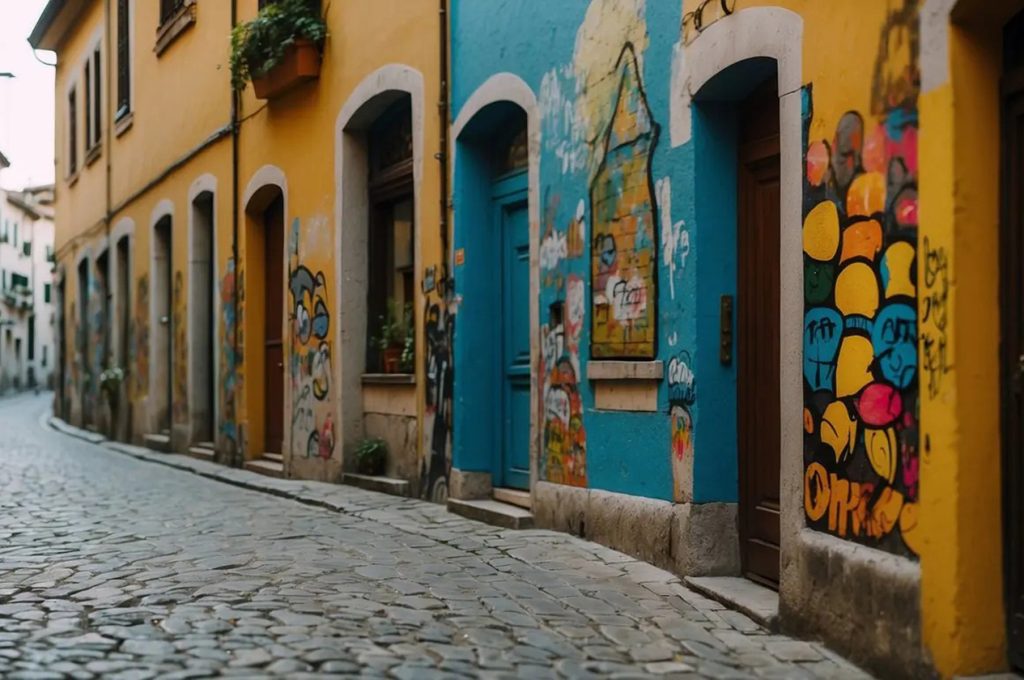
Strolling through the narrow streets of Koprivshtitsa, I was immediately struck by the vibrant colors of the houses and the charming cobblestone pathways. Each building, with its unique design and bright colors, seems to have stepped straight out of a fairytale, creating a picturesque scene at every turn.
I particularly enjoyed wandering these streets in the early morning or late afternoon, when the soft sunlight bathed the colorful facades in a warm glow. The architecture here is distinctly Balkan, with intricate wood carvings decorating the windows and door frames, each telling its own story.
As I wandered, I met a few friendly locals who greeted me with warm smiles, making me feel welcome in their beautiful town. Every step through these quiet, peaceful streets was a reminder of how special Koprivshtitsa is—a place where history and serenity meet.
Along the Topolnitsa River: Embracing Nature’s Tranquility
Koprivshtitsa is not only rich in history and culture, but it also boasts stunning natural beauty. The town is divided by the Topolnitsa River, a crystal-clear stream that flows gently through the heart of the town. Lush greenery lines the riverbanks, offering a peaceful retreat where you can relax and enjoy nature’s tranquility.
I took a leisurely stroll along the river, breathing in the crisp, fresh air and listening to the soothing sound of the flowing water. Sitting on a bench by the river, I felt an overwhelming sense of calm, as if the world had slowed down just for a moment. I watched as local children played by the water’s edge, their laughter adding a joyful melody to the serene environment.
For those who enjoy outdoor activities, the riverside paths offer a perfect setting for a relaxing walk or even a picnic during the warmer months. The peaceful atmosphere along the Topolnitsa River is a perfect antidote to the hustle and bustle of city life.
Shopping and Dining: Savoring the Flavors of Bulgaria
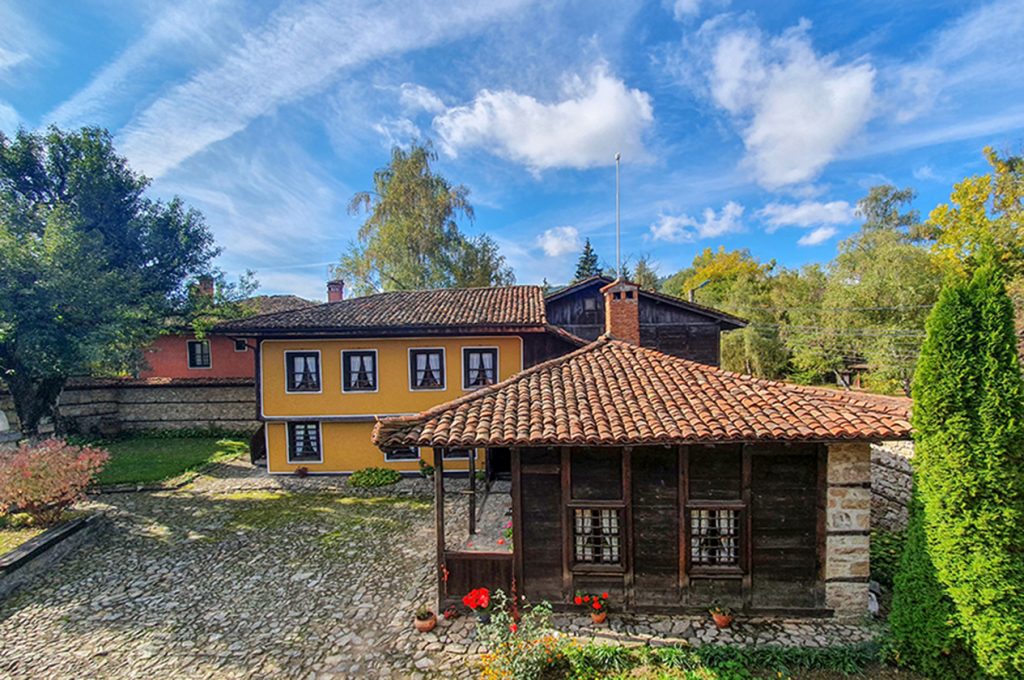
No visit to Koprivshtitsa would be complete without exploring its charming markets and savoring the local cuisine. The town’s small shops are filled with beautifully crafted souvenirs, from handwoven textiles and pottery to traditional Bulgarian clothing. I was particularly drawn to the vibrant woven blankets and intricately embroidered fabrics, each piece reflecting the region’s rich cultural heritage.
After a bit of shopping, I decided to indulge in the local culinary delights. The town boasts several traditional Bulgarian taverns, known as “mehanas,” where you can enjoy hearty, home-cooked meals in a cozy, rustic setting. One evening, I dined at a local tavern, enjoying a meal of gyuvetch—a rich and flavorful stew made with a variety of vegetables and tender meats. The dish was a comforting reminder of the warmth and hospitality of Bulgarian cuisine.
To top off my meal, I tried the local kiselo mlyako, a thick and creamy yogurt that’s a staple in Bulgarian households. Served with a drizzle of honey or a spoonful of fruit preserves, it was the perfect way to end a satisfying meal. The atmosphere in the tavern was warm and inviting, with friendly staff who made me feel right at home.
The Unique Charm of Koprivshtitsa
Koprivshtitsa may be a small, unassuming town, but its rich history, stunning architecture, and serene natural beauty make it a destination worth visiting. If you’re looking for a travel experience that combines a step back in time with a deep connection to nature, Koprivshtitsa is the perfect place to explore. I left with a heart full of memories and a longing to return to this enchanting corner of Bulgaria.
